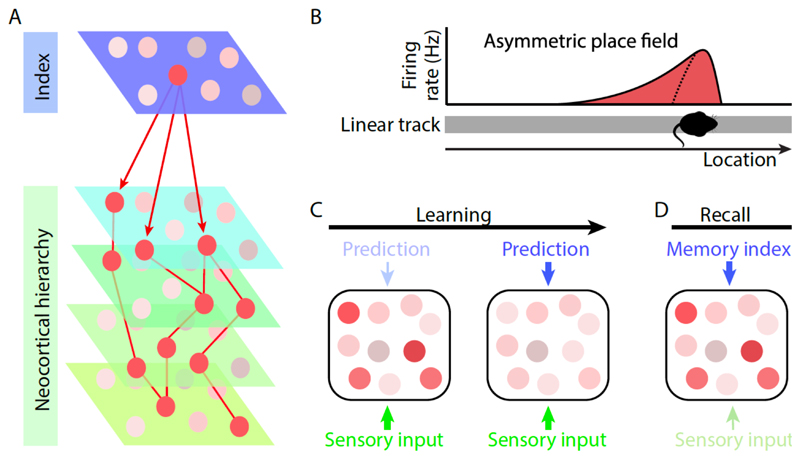Figure 1. The hippocampus as both a memory index and a generative model.
A) Schematic illustrating the hippocampus as a memory index: During memory recall, activity patterns across neocortex are reinstated to recapitulate previous sensory experience (shown in red, distributed across the neocortical hierarchy). The hippocampus (shown in blue), which is anatomically situated at the top of a cortical processing hierarchy, is thought to orchestrate this reinstatement by binding and linking activity patterns stored across distributed neocortical networks. B) When rodents repeatedly navigate on a one-dimensional track (shown in grey), spatially tuned principal cells in the hippocampus (shown in red) show a backward skew in their firing rate (filled line) relative to the first run on the linear track (dotted line) (schematic adapted from Mehta et al., 1997). This backward skew can be explained by a Successor Representation (Stachenfeld et al., 2017) where the hippocampus represents upcoming locations or states that are reliably predicted from the current location or state. C-D) Schematic showing neocortex at an intermediary level in the cortical hierarchy. Within a predictive coding framework, the dual aspect role of the hippocampus gives rise to two complementary hippocampal-neocortical interactions. Descending inputs from the hippocampus are shown in blue. An example subset of cells in the neocortex are shown in the black box with low firing rate indicated in pale pink and high firing rate indicated in red. Ascending sensory input (or prediction error signals) are shown in green. C) As a generator of predictions, or generative model, the hippocampus accumulates ascending prediction errors from neocortical neurons lower in the hierarchy (not shown) and responds with descending predictions to neocortex that inhibit the neocortical prediction error signals. Left-hand panel: When the sensory input is unexpected, the resulting prediction errors are represented in the neocortical hierarchy. Right-hand panel: With learning, the hippocampal generative model is updated until the hippocampal predictions ‘explain away’ prediction errors by suppressing neocortical activity. D) As a memory index, the hippocampus provides descending input to the neocortex to selectively reinstate activity patterns that recapitulate previous sensory experience. The hippocampal memory index can thus facilitate neocortical activity, even in the absence of sensory input.

